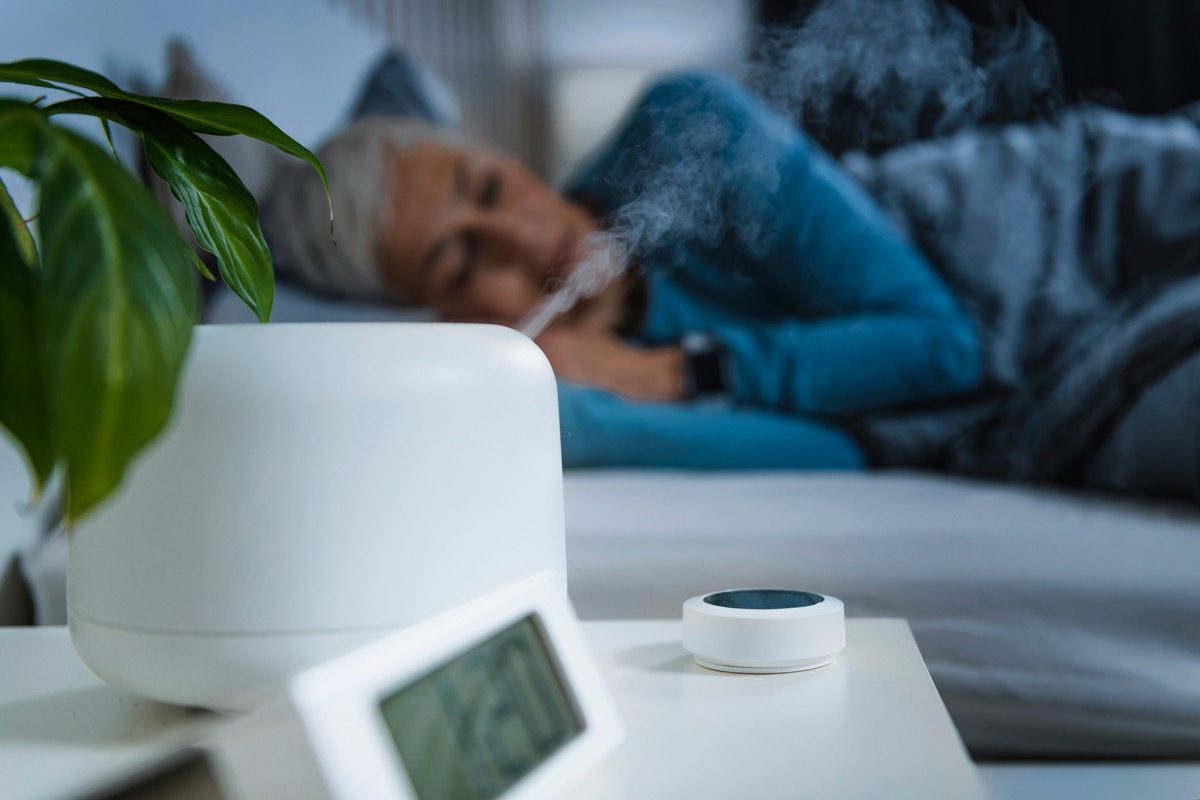Taylor is so confident in this measure, in fact, that she is petitioning for the Centers for Disease Control and Prevention (CDC) and the World Health Organization (WHO) to adopt safe humidity level guidelines amid the coronavirus pandemic. Humidity won’t necessarily kill the coronavirus in the air, but it can help keep it at bay. During a 2013 study on how infections spread in a hospital, Taylor discovered that there was a significant correlation between infection rates and the humidity in patients’ rooms. She then verified these findings with follow-up studies in nursing homes and schools—both of which led to similar results. Throughout her research, Taylor found a few reasons why humidity helps stop the spread of airborne illnesses. More humidity allows viral droplets to fall to the floor quicker rather than hanging in the air, where they can more readily infect you. Additionally, your immune system works better in higher humidity. A 2019 study out of Yale University also found that air moisture helped mice’s bodies fight off a strain of the flu significantly better than mice in low-humidity. RELATED: For more up-to-date information, sign up for our daily newsletter. And lastly, airborne viruses that tend to thrive in colder weather, like coronaviruses, are not as infectious in moist air. A peer-reviewed University of Sydney study, published in the journal Transboundary and Emerging Diseases in June, found that lower humidity was associated with more people testing positive for coronavirus. Specifically, a 1 percent decrease in humidity could raise the number of COVID-19 cases by 6 percent.ae0fcc31ae342fd3a1346ebb1f342fcb “When the humidity is lower, the air is drier and it makes the aerosols smaller,” study leader Michael Ward, an epidemiologist in the Sydney School of Veterinary Science at the University of Sydney, said in a statement. “When you sneeze and cough those smaller infectious aerosols can stay suspended in the air for longer. That increases the exposure for other people. When the air is humid and the aerosols are larger and heavier, they fall and hit surfaces quicker.” So, what can you do to get those ideal humidity levels in your home? Invest in a humidifier to keep humidity levels between 40 percent and 60 percent. This simple addition to your home could help keep your family healthy while the COVID-19 pandemic persists. And to learn about how your home may change following the coronavirus pandemic, check out 5 Big Ways Homes Will Look Different After Coronavirus.
